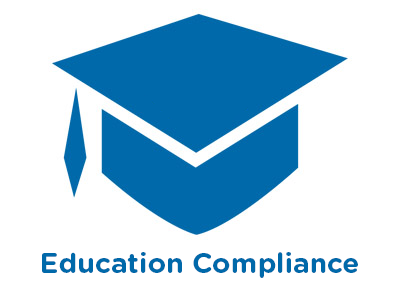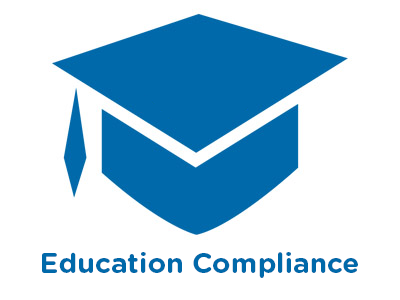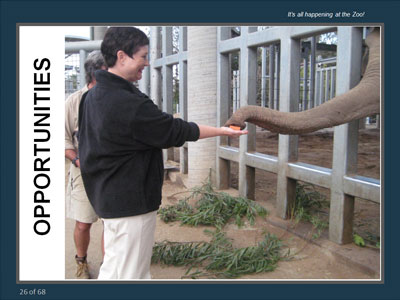 |
Sepsis - What's new in caring for these patients? |
0.75 |
A comprehensive update provided for an intended audience of prehospital care providers. This update introduces new definitions for sepsis and septic shock, reviews sepsis epidemiology, pathophysiology, disease morbidity and mortality, and prehospital treatments. |
 |
Conflicts of Interest (Corrections) |
1.00 |
A conflict of interest is a clash between personal interests and work requirements. It occurs when an individual’s personal interests, whether financial, professional, or social, including those of family and friends, compromise his or her judgment, decision, or actions in the workplace. Conflicts of interest matter because they compromise the quality of an employee’s decision-making, which reflects on higher education institutions. |
 |
Conflicts of Interest |
1.00 |
A conflict of interest is a clash between personal interests and work requirements. It occurs when an individual’s personal interests, whether financial, professional, or social, including those of family and friends, compromise his or her judgment, decision, or actions in the workplace. Conflicts of interest matter because they compromise the quality of an employee’s decision-making, which reflects on higher education institutions. |
 |
Employee Performance: Managing Difficult Employees (Instructor Guide) |
1.00 |
A difficult employee is one whose attitude or behavior is detrimental to an organization. Typically, difficult people are aware of their behavior, but rarely care that their attitude hampers their productivity, or affects the success of their organization.
However, it’s important to remember that a difficult person is not necessarily an individual whom you dislike. Occasionally, the difficulty might not be the individual’s behavior but might instead be your perception of their behavior.
In this course you will learn to: recognize the impact that difficult people can have on an organization, manage a difficult person, and identify difficult personality types, address difficult employees, and mitigate their behavior, and monitor the behavior of a difficult employee, and document ongoing changes in behavior and performance.
This Instructor's Edition of this course includes notes and suggestions to assist you in presenting the material, whether in an in-person classroom setting, or as an instructor-led online or distance-learning course. It also provides you with the answers to questions found in mid-lesson activities, as well as in the quiz that concludes the course. |
 |
Employee Performance: Managing Difficult Employees |
1.00 |
A difficult employee is one whose attitude or behavior is detrimental to an organization. Typically, difficult people are aware of their behavior, but rarely care that their attitude hampers their productivity, or affects the success of their organization.
However, it’s important to remember that a difficult person is not necessarily an individual whom you dislike. Occasionally, the difficulty might not be the individual’s behavior but might instead be your perception of their behavior.
In this course you will learn to: recognize the impact that difficult people can have on an organization, manage a difficult person, and identify difficult personality types, address difficult employees, and mitigate their behavior, and monitor the behavior of a difficult employee, and document ongoing changes in behavior and performance. |
 |
Growth and Development of Infants and Toddlers (CDA 1) |
2.00 |
A family child care early learning program that supports the growth and development of infants and toddlers needs nurturing caregivers, a healthy and safe environment, good relationships between family and caregiver, and appropriate activities to offer good quality care. This takes planning and knowledge of the growth and development of infants and toddlers. Find ways to enhance your family child care environment and build quality relationships with the infants and toddlers in your care.
This course is designed to be part of a Child Development Associate (CDA) Credential™ curriculum. It covers CDA Subject Area 1, Planning a Safe and Healthy Environment. This course can also be taken as a stand-alone learning event, or as part of a broader early childhood education curriculum. |
 |
Coping with Food Allergies in Child Care Spaces (CDA 1) |
2.00 |
A food allergy is a reaction within the body's immune system. It can be anywhere from mild to severe, and in some cases, it may be life-threatening. We must understand the symptoms and triggers of food allergies, the ways to prevent accidental exposure to prohibited foods, how to care for a child experiencing symptoms. This course is designed to be part of a Child Development Associate (CDA) Credential™ curriculum. It covers CDA Subject Area 1: Planning a Safe, Healthy Environment to Invite Learning. This course can also be taken as a stand-alone learning event, or as part of a broader early childhood education curriculum. |
 |
Customer Service: Customer Service Skills |
1.00 |
A great customer service representative should have skills in three key areas: organization (time and stress management), motivation (letting customers know you care), and communication (vocal, verbal, and visual). The core strength of a good customer service rep is sound knowledge of the organization’s products and services. |
 |
Cartas de Presentación (Spanish) Cover Letters |
0.75 |
A medida que avance en este curso, aprenderá consejos y trucos sobre cómo escribir una carta de presentación. También aprenderá la importancia de una carta de presentación y cómo puede ayudarle a conseguir el trabajo de sus sueños. Haga clic en las tarjetas a continuación para saber cómo cada persona utilizó su carta de presentación para conseguir el trabajo de sus sueños.
As you go through this course, you will learn tips and tricks on how to write a cover letter. You'll also learn the importance of a cover letter and how it can help you get your dream job. Click the cards below to learn how each person used their cover letter to land their dream job. |
 |
Volunteer Recognition on a Next-to-Nothing Budget |
1.00 |
A mere 'Thank you' is not enough, and when budgets are tight how do we ensure volunteers feel appreciated, and are recognized for their service? Investigate several cost-effective strategies for recognizing volunteers for service milestones or going the extra mile. Explore spontaneous recognition ideas that may provide a fun new surge of energy with your volunteers and throughout your organization. It doesn’t have to cost a lot to be effective, heartwarming and/or fun |











